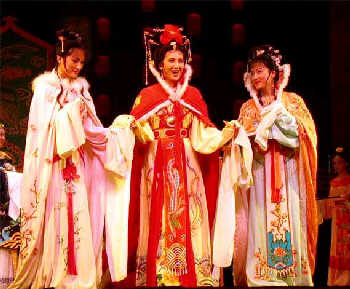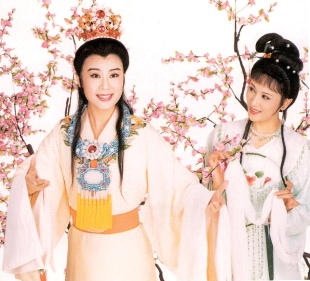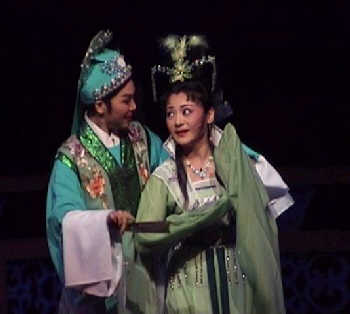
In the early 20th century, a form of opera called Luodi Changshu Diao was popular in the area of Shengxian County in Shaoxing, Zhejiang Province. It was named "Yue Opera" because it has its origin in part of Yue State in the Spring and Autumn Period dating back about 2,000 years ago. As the performers sang to the accompaniment of a rhythmic didu, didu sound made by a drum and sandalwood clappers, they were also called "Didu troupes". At that time, the most outstanding Didu troupe in Shaoxing consisted of only male performers. In the late 1920s, with the emergence of a large number of female performers, a Didu troupe with only female performers appeared; it was called the Women's Refined Opera. In the autumn of 1938, it formally adopted the name of Yueju.

Absorbing the elements of Shaoxing Opera, it enriched them and created its own type of music. Yueju Opera is excellent at expressing emotions through singing. In the 1950s, a reform of Yueju started, under the influence of Yuan Xuefen. Maintaining its soft, sweet tunes and melodies, and gentle and refined style, Yueju adopted artistic achievements from the modern drama, Kunqu and Western music, in an attempt to create a new performing style.

The women artists replaced the Mu Biao system (Each drama used to have only an outline, rather than a script; actors performed as they wished, but within the outline.) with scripts. The operas now had definite directors. A special kind of ancient costume was created, modern stage settings and lights were introduced, and some western musical instruments were incorporated in the orchestra.
